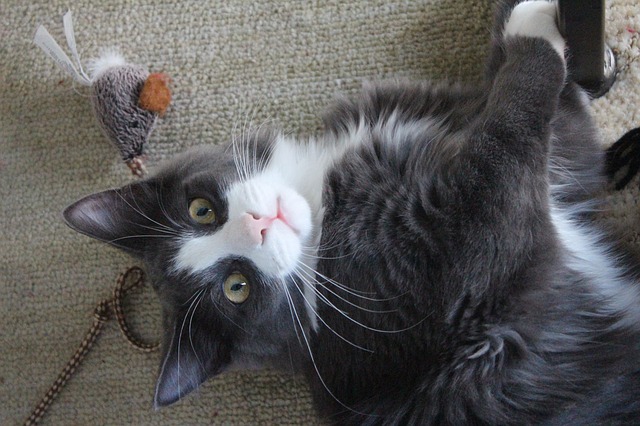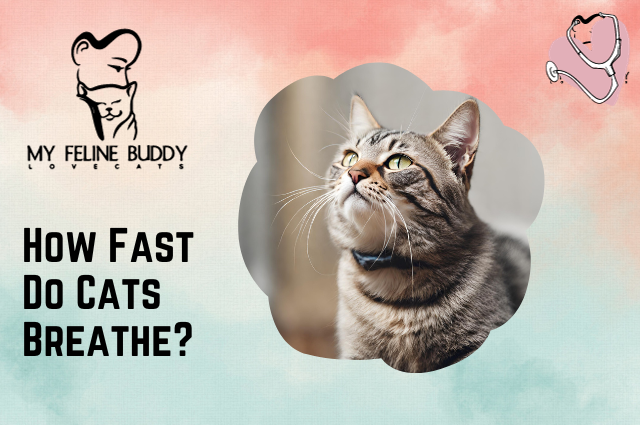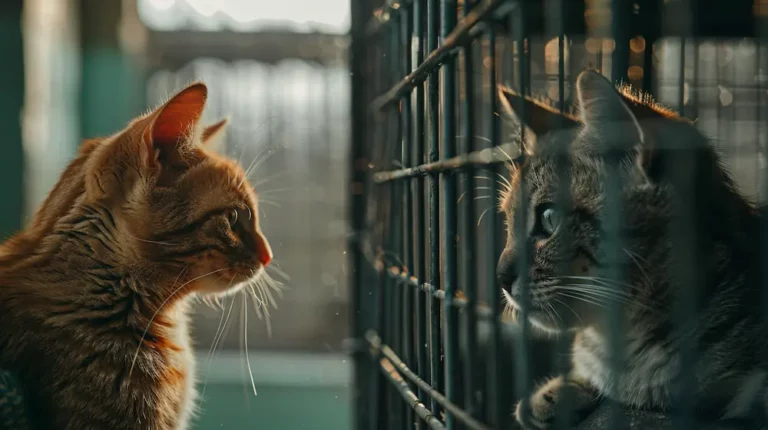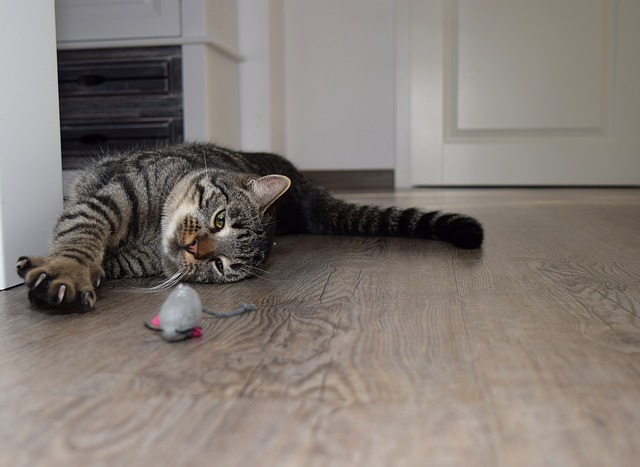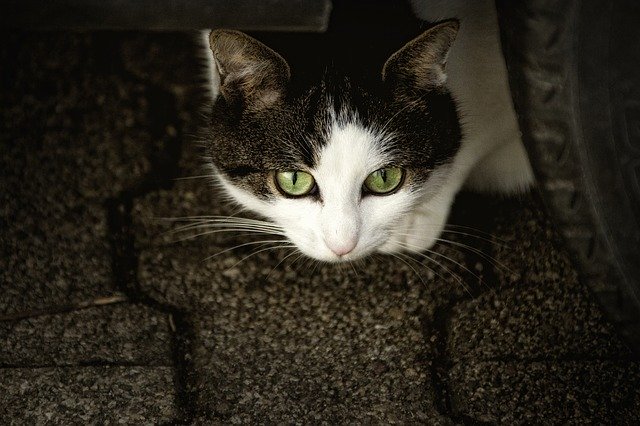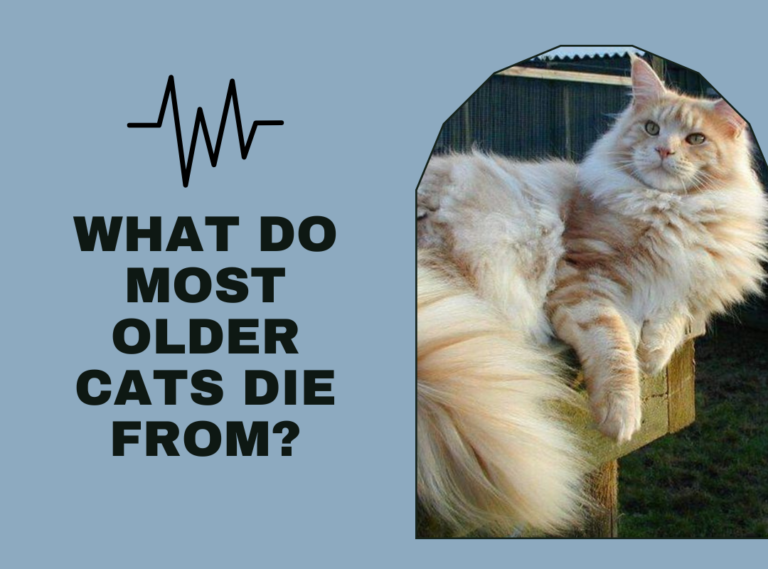What Is Pica in Cats?
Pica is a syndrome that affects a variety of animals, not just cats. Some sources suggest that it is more common in certain breeds, such as the Oriental, the Siamese, and the Burmese, but the truth is that it can show up in any
In today’s article, we’re looking at what pica is, how it affects our feline friends, whether you should be worried and take your feline friend to the vet, and what you can do to prevent it.Â
What is pica in cats?
Pica disease in cats combines a variety of manifestations, but almost always involves chewing or eating things that are inedible to cats. Some of the typical items that cats with pica chew on are bedding materials, clothes, sheets, yarn, electrical cords, and plants.Â
Cats can chew on these things both because they are curious, but it also happens when they don’t get the diet they need and when they get severely bored.Â
Pica is in fact more likely to affect animals that are left alone for many hours in a day or those that have gone through a traumatic or stressful event (such as moving home).Â
Pica disorder in cats – Symptoms
Catching your
The most reliable way of diagnosing a
If your
- Vomiting
- Diarrhea or constipation
- Low or no appetite
- Lethargy
What causes pica in cats?
There are medical causes of pica in cats, but there are also behavioral disorders that can lead to the phenomenon. Cats that are stressed or just bored might develop pica.Â
In terms of health problems, pica is more common in animals that suffer from anemia, diabetes, dental disease, hyperthyroidism, and FIV.Â
Cats that aren’t fed the right diet, especially kittens, can develop pica early on.Â
While humans don’t usually suffer from this problem, we can develop a form to an extent — if we have vitamin or mineral deficiencies or if we don’t get enough fiber in our diet, we’ll feel hungry all the time. And that’s what happens to our feline friends.Â
If the kitten was weaned too early, pica can be a way of trying to recover the nutrients that she didn’t get the chance to get from milk. Finally, sometimes pica shows up unexpectedly and for no apparent reason, in which case it goes by the name of ‘idiopathic pica’.Â
How to treat pica in cats
Treating this complication can be difficult, but it mostly involves performing several modifications on the
Before you try to do anything, you should take your
A veterinarian can also tell you whether your feline companion has any vitamin or mineral deficiency all thanks to a blood test. Finally, if nothing else works, you can always look for a veterinary behaviorist.Â
How to prevent pica in cats
The best way of preventing pica is to make sure that your
If you’re out of the house for 10-11 hours every day, you might have to reconsider your decision of getting a
If you have enough space, try to adopt two cats instead of one — they’ll keep each other company and they’ll be less stressed, especially if they come from the same
